 2005 Daihatsu Sirion (M2) Dimensions, Size & Specs
2005 Daihatsu Sirion (M2) Dimensions, Size & SpecsMeasurements of the 2005 Daihatsu Sirion, engineered for optimal performance and comfort
| Dimensions | |
|---|---|
| Length: | 3600 mm141.7 in11.8 ft |
| Width: | 1655-1665 mm65.2-65.6 in5.4-5.5 ft |
| Height: | 1550 mm61.0 in5.1 ft |
| Trunk Capacity: | 225 liter7.9 cu ft |
| Trunk Capacity (Max): | 630 liter22.2 cu ft |
| Weight Specifications | |
| Curb Weight: | 890-980 kg1962-2161 lbs |
| Maximal permitted Weight: | 1390-1470 kg3064-3241 lbs |
| Tire Specifications | |
| Rims Size: |
|
| Tire Sizes: |
|
The Daihatsu Sirion (M2), produced between 2005 and 2015, is a compact hatchback designed to offer practicality and efficiency for urban driving. Measuring 3600 mm (141.7 inches) in length and between 1655 mm to 1665 mm (around 65.2 to 65.6 inches) in width, it strikes a balance between a tight footprint and adequate interior space for passengers and cargo. The vehicle’s height is 1550 mm (61.0 inches), contributing to a comfortable cabin headroom without compromising its aerodynamic profile.
With a curb weight ranging from 890 kg to 980 kg (1,963 to 2,160 lbs), the Sirion is relatively lightweight, which aids in fuel efficiency and nimble handling. It supports a maximum weight between 1390 kg and 1470 kg (3,064 to 3,241 lbs), allowing for reasonable load capacity including passengers and cargo. The luggage compartment offers 225 liters (7.9 cubic feet) of space with the rear seats up, expanding significantly to 630 liters (22.2 cubic feet) once the rear seats are folded down, making it versatile for larger cargo needs.
The Sirion (M2) comes fitted with 14-inch rims paired with tires sized 155/80 R13 or 175/65 R14, providing a balance of ride comfort and road grip appropriate for city and suburban use. This model’s compact size makes it convenient for parking and maneuvering in crowded environments, while still offering decent room inside for a small family or daily commuting needs.
Overall, the Daihatsu Sirion (M2) hatchback is a practical and efficient choice in the subcompact car segment. Its moderate dimensions, lightweight construction, and flexible cargo space make it well suited for drivers seeking economical and easy-to-handle urban transportation from 2005 through 2015.
Discover the standout features that make the 2005 Daihatsu Sirion a leader in its class
Have a question? Please check our knowledgebase first.
The Daihatsu Sirion (M2) hatchback measures 3600 mm in length (approximately 141.7 inches), making it a compact vehicle perfect for urban environments. The width ranges from 1655 mm to 1665 mm (65.2 to 65.6 inches), depending on the variant, while the height is 1550 mm (about 61.0 inches). These dimensions place the Sirion firmly in the small hatchback category, offering a good balance of maneuverability and interior space for its size.
The curb weight of the Daihatsu Sirion (M2) ranges between 890 kg and 980 kg (1962 to 2158 lbs), depending on the specific trim and equipment fitted. The maximum permissible weight, which includes passengers and cargo, ranges from 1390 kg to 1470 kg (3064 to 3241 lbs). These weight specifications make the Sirion a lightweight car, which often contributes to better fuel efficiency and handling.
The standard luggage capacity of the Daihatsu Sirion (M2) is 225 liters (7.95 cubic feet), which is typical for a compact hatchback. When the rear seats are folded down, the available luggage space increases significantly to 630 liters (22.25 cubic feet). This flexibility allows for transporting larger items or increased cargo volume, making the Sirion practical for everyday use and occasional needs for more storage.
Yes, the Daihatsu Sirion (M2) comfortably fits into a standard garage, which typically measures around 2400 to 2700 mm (94.5 to 106.3 inches) in width and 4800 to 6000 mm (189 to 236 inches) in length. With a length of 3600 mm (141.7 inches) and a width just under 1665 mm (65.6 inches), the Sirion offers plenty of clearance for opening doors and maneuvering inside a typical residential garage, making it convenient for parking in city homes or apartments.
The Daihatsu Sirion (M2) comes with 14-inch rims and supports multiple tire sizes, including 155/80 R13, 175/65 R14, and 175/65 R14. The 14-inch rims with 175/65 tires generally provide better stability, grip, and comfort compared to the smaller 13-inch tires. These sizes help balance ride comfort and fuel efficiency while ensuring adequate handling characteristics for urban and suburban driving conditions.
With a width between 1655 mm and 1665 mm (65.2 to 65.6 inches), the Daihatsu Sirion (M2) sits comfortably within the typical range for compact hatchbacks. Many hatchbacks in this class fall between 1600 mm and 1700 mm in width, so the Sirion offers a standard width that balances interior space with ease of maneuvering in tight city streets and parking spaces.
Compared to its predecessor generation, the Daihatsu Sirion (M2) is slightly more refined in dimensions and weight management. While the earlier model generally had similar compact dimensions, the M2 generation improved aerodynamics and structural rigidity resulting in better curb weight efficiency—ranging from 890 kg to 980 kg. Dimensionally, the M2 maintains a similar footprint but with enhanced interior packaging, improving passenger comfort and cargo flexibility without significant changes in external size.
In comparison to similar small hatchbacks like the Suzuki Swift or Honda Jazz from the same era, the Daihatsu Sirion (M2) holds its own with a compact but practical footprint. Its length of 3600 mm (141.7 inches) and upright design maximizes interior space effectively, especially considering the decent cargo capacity of up to 630 liters with rear seats folded. It is slightly more lightweight than many competitors, aiding fuel efficiency. Overall, the Sirion offers a good balance between size, ease of parking, and cargo practicality.
The Daihatsu Sirion (M2) stands 1550 mm (61.0 inches) tall. This height provides ample headroom for most occupants in both the front and rear seats, contributing to a comfortable cabin experience. From an aerodynamic perspective, while the slightly taller profile compared to lower sports hatchbacks might increase drag, the design remains optimized for urban usage. The balance between height and length supports a roomy feeling inside without making the car cumbersome to drive or less efficient on fuel.
During its production from 2005 to 2015, the Daihatsu Sirion (M2) was generally offered with several trim levels and engine options that influenced weight more than dimensions. Variations in equipment such as air conditioning, power windows, and safety features caused curb weight to vary from 890 kg to 980 kg (1962 to 2158 lbs). However, these changes did not alter the external dimensions, which remained consistent across trims. The engine choices, while not dramatically affecting size, allowed consumers to pick a model balancing performance with economy.
Discover similar sized cars.
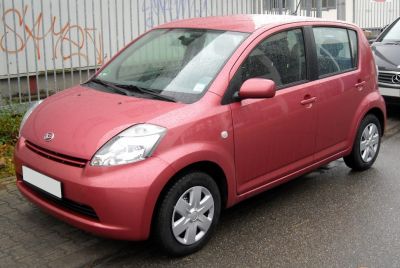
| Production: | 2004-2010 |
|---|---|
| Model Year: | 2004 |
| Length: | 3595 mm141.5 in |
| Width: | 1665 mm65.6 in |
| Height: | 1535 mm60.4 in |
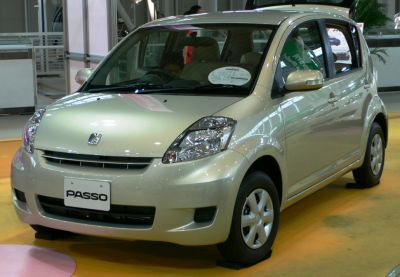
| Production: | 2004-2010 |
|---|---|
| Model Year: | 2004 |
| Length: | 3595 mm141.5 in |
| Width: | 1665 mm65.6 in |
| Height: | 1535 mm60.4 in |
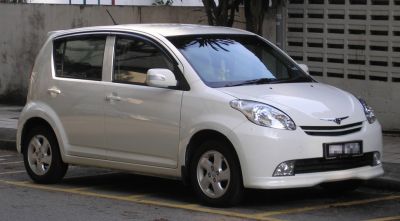
| Production: | 2005-2011 |
|---|---|
| Model Year: | 2005 |
| Length: | 3600 mm141.7 in |
| Width: | 1655 mm65.2 in |
| Height: | 1550 mm61.0 in |
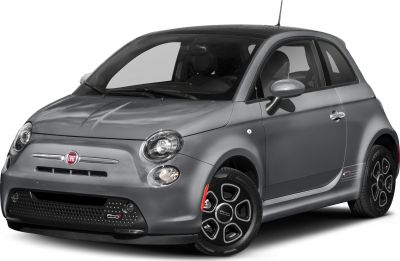
| Model Year: | 2013 |
|---|---|
| Length: | 3617 mm142.4 in |
| Width: | 1628 mm64.1 in |
| Height: | 1527 mm60.1 in |
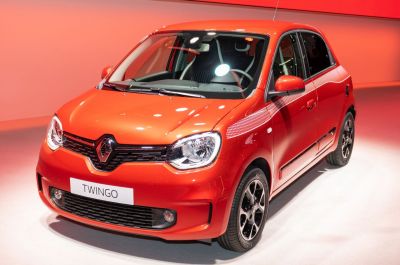
| Production: | 2019-2024 |
|---|---|
| Model Year: | 2019 |
| Length: | 3615 mm142.3 in |
| Width: | 1875 mm73.8 in |
| Height: | 1544 mm60.8 in |
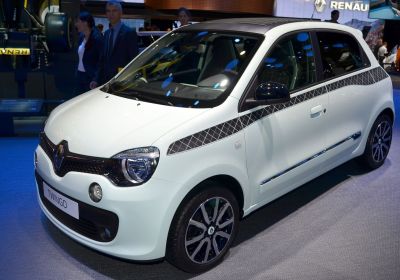
| Production: | 2014-2018 |
|---|---|
| Model Year: | 2014 |
| Length: | 3595 mm141.5 in |
| Width: | 1647 mm64.8 in |
| Height: | 1557 mm61.3 in |

| Production: | 2018-present |
|---|---|
| Model Year: | 2019 |
| Length: | 3610 mm142.1 in |
| Width: | 1645 mm64.8 in |
| Height: | 1560 mm61.4 in |
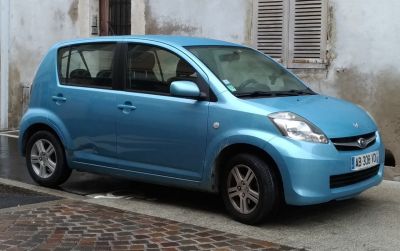
| Production: | 2007-2011 |
|---|---|
| Model Year: | 2011 |
| Length: | 3610 mm142.1 in |
| Width: | 1665 mm65.6 in |
| Height: | 1540 mm60.6 in |
